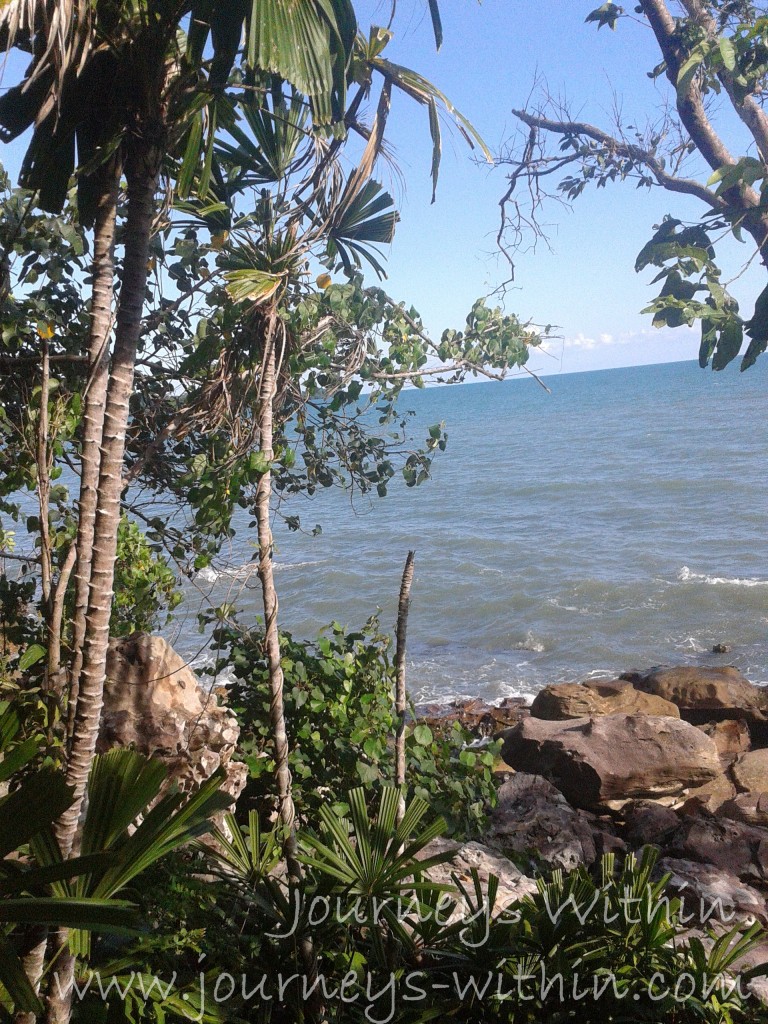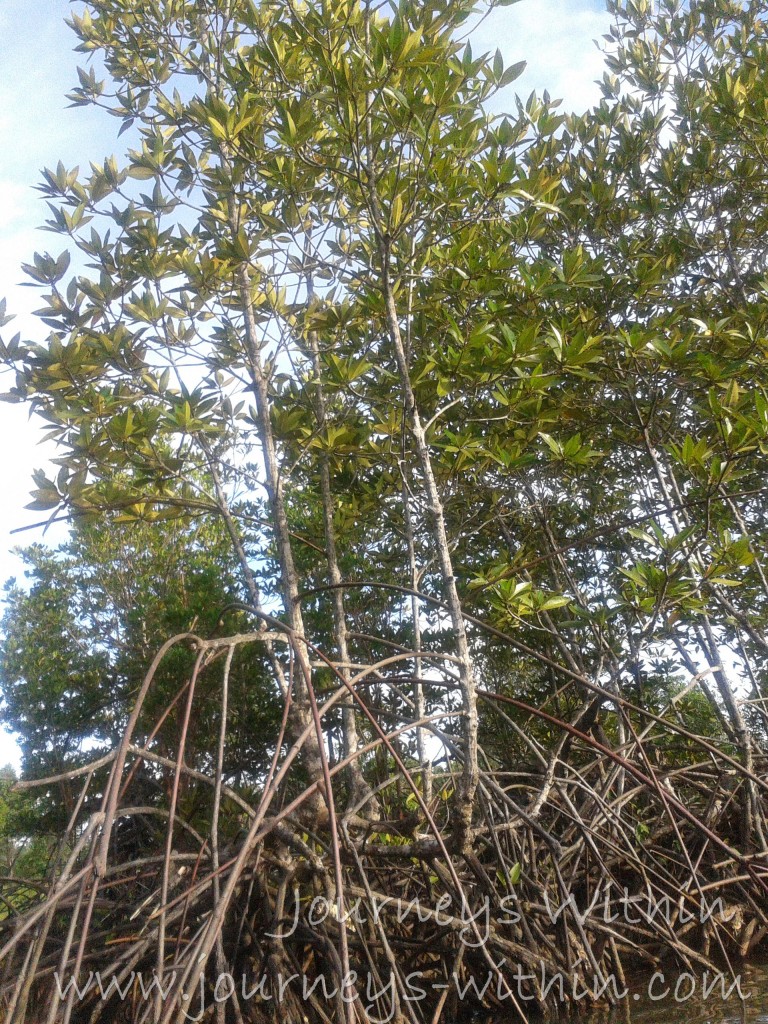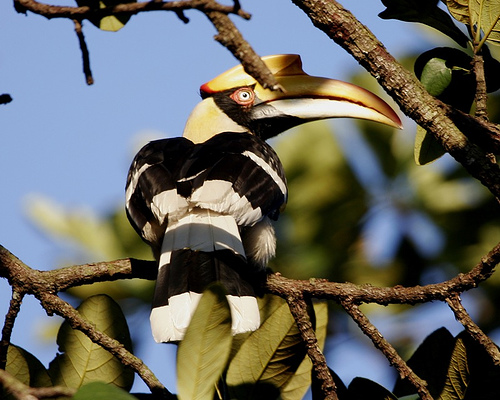After a coastline tour of Ream National Park, and an enchanted afternoon with among the mangroves — what can I say, their internal osmosis systems still has me bewildered — it was time to head into the park.
While Ream’s coastline — officially called Preah Sihanouk National Park — is captivating, thick vegetation and lichen-covered rock formations cover the other 150 square kilometres of the protected area.
Looking to investigate what the interior of the park had to offer I headed out with a local business owner in her World War-era jeep, authentic down to its lack of doors.
We stopped at Kbal Chhay Waterfalls on the way to the park for a quick cool down and to catch a glimpse of how Khmer’s beat the heat. With a shallow pool, plenty of hammock space and local lunch options all available on site the waterfalls is an attractive way to pass a scorching afternoon.
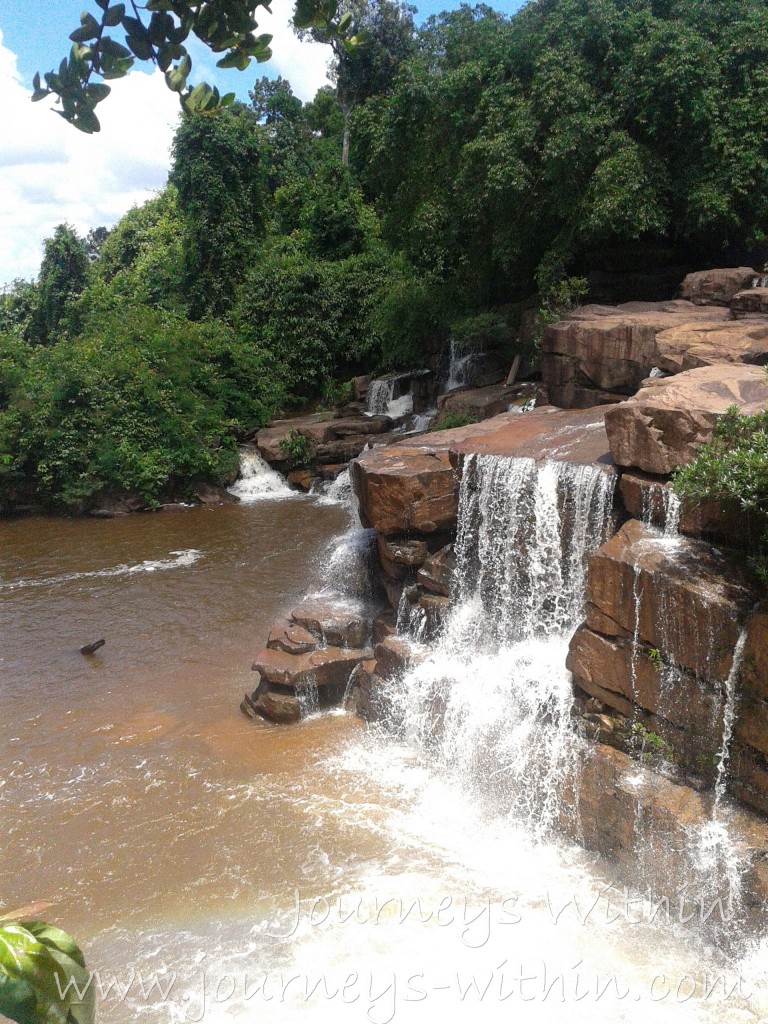
After watching families frolic together, and getting invited to appear in a few awkward photo ops (it seems giant barangs are in short supply around those parts) we were back on our way.
Upon entering the official entrance to the park we were handed a parking-pass-cum-road-map. With only one arterial road through the park, the map was more an outline of future developments happening within the conservation area.
National Parks in Southeast Asia differ from those back home in Canada; well laid out trails, predictable layouts or serviceable bathrooms are not the norm. The existence of on-site development projects — prospective of hotels, restaurants and other private interests — is another major difference with Cambodian conservation areas. Protection is lax and land can be made available to the highest bidder; it is estimated that about one third of the park has been altered.
While Ream may not be the pristine nature sanctuary envisioned, parks like it do offer an unfettered glimpse of the flora and fauna indigenous to the area.
The blanket of vegetation is overwhelming in Ream. While I am used to seeing forests, the green carpet created by dwarfed evergreens being overrun by leaved-vines. After turning off the paved road, I caught my fist glimpse of park wildlife, a large bird-of-prey soaring directly overhead.
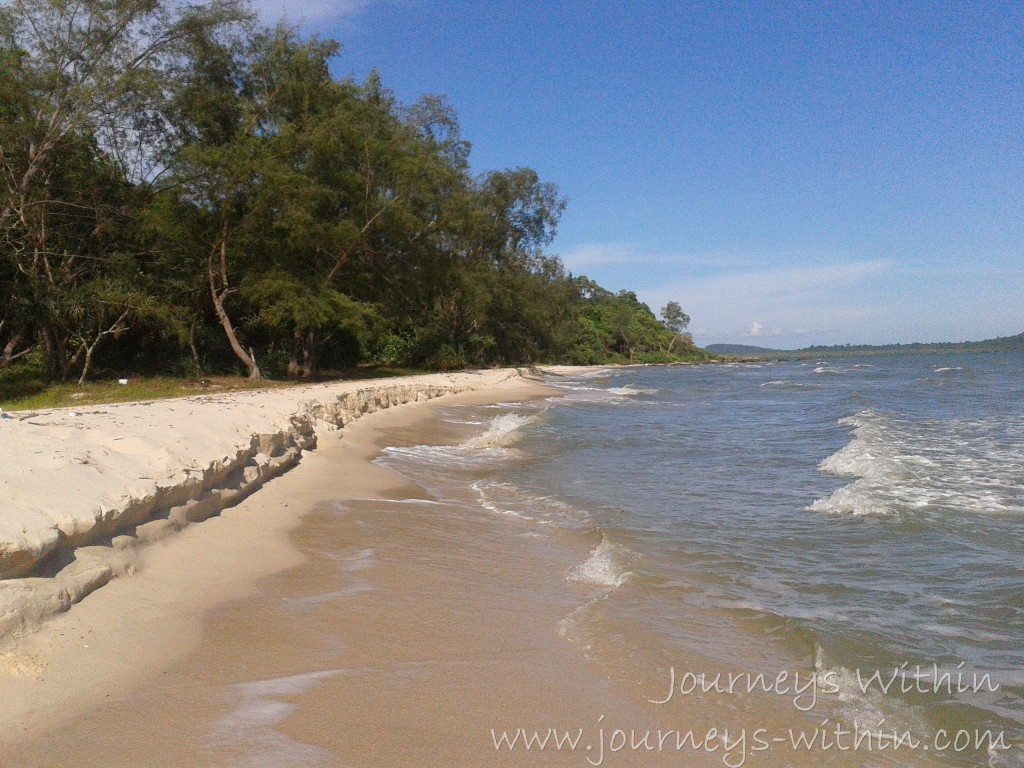
Turning off the main road, our all terrain jeep made its way over the exposed rocks and red clay roads to a secluded beach. On our “map” it was the location of a restaurant, of which there was one, albeit more rustic than our laminated guide would have us believe.
Deserted, the beach picturesque, with a 300 metre pier that jutted out into the ocean. After another refreshing dip, we headed down the beach in search of a hiking trail, which we happily stumbled upon.
Complete with luscious vegetation, a view of the ocean and hand-sized butterflies fluttering around, the trail was the perfect hike for non-hikers. (Those looking for more of a trek can schedule trip deeper into the forest with the park rangers, who are solely responsible for organized trips.)
After getting our fill of fresh air and nature (actually after I became convinced I wasn’t going to see a monkey) we headed back to my friends tin can.
There weren’t any tigers or elephants roaming wild, or undiscovered hill tribes to encounter but a visit to Ream can be a perfect day-long break from the beaten track. With fewer people than buzzing cicadas, it proved to be the perfect way to reconnect with the outdoors.


